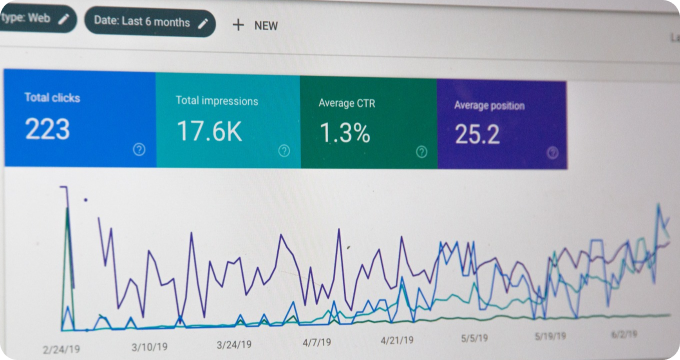How to Create a Budget for Attic Insulation Installation Projects
- November 19, 2023
- 2 minutes
In the quest for energy efficiency and lower utility bills, many homeowners are exploring the overlooked space of their homes - the attic - and realizing the significant role it plays in maintaining a comfortable indoor temperature. The installation of attic insulation is no longer a peripheral topic but a critical aspect of home improvement. However, the financial implications warrant careful consideration and methodical planning. This brings us to the fascinating realm of creating a budget for attic insulation installation projects.
To grasp the pecuniary aspects of such an endeavor, we first need to delve into some fundamental concepts.
The first factor that demands attention is R-value. Scientifically speaking, R-value is a measure of thermal resistance, which reflects how well a material resists heat flow. The greater the R-value, the better the material insulates. This translates into a higher degree of energy efficiency and a more comfortable interior climate. R-value is, in essence, the core of insulation and its implications on cost are significant.
Now, this is where the rub lies. Higher R-value insulations invariably cost more. However, the increase in upfront cost may be offset by the long-term savings gained through lower energy bills. Therefore, homeowners must take into account both the initial investment and the potential return on investment in their budget.
Next, we need to account for the type of insulation. The market is flooded with a plethora of options, each with its unique benefits and drawbacks, and cost implications. The most common types include fiberglass, cellulose, and spray foam.
Fiberglass, a classic choice, is both affordable and effective, making it a popular choice for budget-conscious homeowners. The downside, however, is that it may not provide as high an R-value as other options.
Cellulose insulation offers a slightly higher R-value than fiberglass and is eco-friendly, but it is usually more expensive.
Spray foam affords the highest R-value and the most efficient air sealing but comes with a hefty price tag. Thus, the type of insulation chosen can greatly affect the budget.
Another critical factor to consider in the equation is the size of the attic. It goes without saying that larger attics would require more material and potentially more labor, leading to a higher cost.
Then, there is the choice between DIY (Do-it-yourself) and professional installation. The former can significantly reduce the cost but demands a high level of expertise and time commitment, while the latter ensures quality and efficient work but at a higher cost.
Lastly, we must not forget the auxiliary costs, such as any potential repairs or preparatory work required before the insulation is installed.
To make this budgeting exercise less daunting, consider the following steps:
- Assess your attic's current insulation and calculate the additional R-value needed.
- Choose your preferred type of insulation based on its R-value, your environmental preferences, and its cost.
- Measure your attic's square footage to estimate the amount of insulation needed.
- Decide between a DIY project or hiring a professional. If opting for the latter, get quotes from multiple contractors.
- Finally, set aside a contingency budget for any unforeseen costs that may arise during the project.
There's no denying that the endeavor of insulating your attic requires considerable financial planning. However, the potential rewards – a warm, cozy home, reduced energy bills, and smaller carbon footprint – make it an investment worth considering.
In essence, creating a budget for an attic insulation installation project is a delicate dance between various factors – initial cost, long-term savings, environmental impact, and personal preference. It requires an intricate understanding of the technical aspects and a careful consideration of one's financial capabilities. The process may be complex, but the payoff in terms of improved home comfort and energy savings makes it an endeavor worth undertaking.
Learn More
Unearth the secrets of a cozy, energy-efficient home by diving deeper into our enlightening blog posts about attic insulation installers. For those seeking top-notch services in the Windy City, they are encouraged to explore our comprehensive rankings of the Best Attic Insulation Installers in Chicago.
Popular Posts
-
 4 Compelling Reasons Why You Need Professional Attic Insulation Installers
4 Compelling Reasons Why You Need Professional Attic Insulation Installers
-
 How to Create a Budget for Attic Insulation Installation Projects
How to Create a Budget for Attic Insulation Installation Projects
-
 Ask These Questions to an Attic Insulation Installer to Choose the Right One for Your Home
Ask These Questions to an Attic Insulation Installer to Choose the Right One for Your Home
-
 9 Essential Questions to Ask Your Attic Insulation Installer
9 Essential Questions to Ask Your Attic Insulation Installer
-
 9 Things I Wish I'd Known About Attic Insulation Installers Before Hiring One
9 Things I Wish I'd Known About Attic Insulation Installers Before Hiring One






